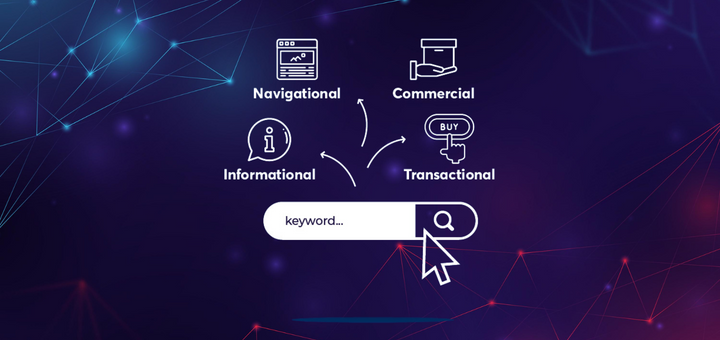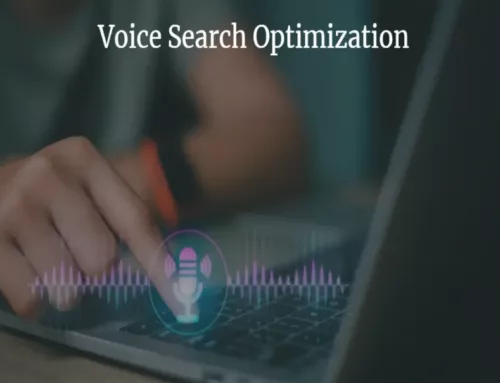Understanding Search Intent: How it Works for SEO

Search engines have become an essential part of our daily lives. We use them to look for products, services, information, and even entertainment. As a result, search engines have become the primary way for businesses to reach their target audience.
However, to make the most of search engine optimization (SEO), businesses need to understand how search intent works.
What is Search Intent?
Search intent refers to the reason behind a user’s search query. It’s the purpose or goal that the user has in mind when typing in a particular search term or phrase. Understanding search intent is crucial for businesses to create content that resonates with their target audience.
If businesses can provide content that meets the needs of their audience, they’re more likely to rank higher on search engine results pages (SERPs).
Types of Search Intent
There are generally four types of search intent:
- Informational Intent: This type of intent is for users seeking information on a particular topic. They might be looking for definitions, facts, or how-to guides. For example, a user looking for “how to bake a cake” has informational intent. Moreover, any data or information users look for falls under this intent category.
- Navigational Intent: Users with navigational intent are looking for a particular website or webpage. They already have a specific destination in mind and want to go straight to it. For example, a user searching for “Amazon” has navigational intent. Navigational intent works for people with specific demands and who already know what they need from the search engine.
- Transactional Intent: This type of intent is for users who want to buy a service or product. They’re usually ready to make a purchase. Such people are also looking for the best deal. For example, a user searching for “best laptop deals” has transactional intent.
- Commercial Investigation Intent: This type of intent is for consumers who are not ready to make a purchase but are looking for information on any particular service or product. They utilize search engines to compare products, read reviews, and look for the best options. For example, a user searching for “best smartphones for 2023” has commercial investigation intent.
Search Query Intent
Search query intent includes certain phrases or words a user types into a search engine. Search engines leverage this information to determine the user’s search intent and provide the most relevant outcomes. Businesses can use this information to optimize their content and ensure that it meets the needs of their target audience.
What is Search Intent in SEO?
Search intent is essential for SEO because it helps businesses create content that resonates with their target audience. When companies understand the purpose behind a user’s search query, they can optimize their content to provide the information they seek.
This helps businesses rank higher on SERPs, increase traffic to their website, as well as elevate their conversion rates.
Optimizing for Search Intent
To optimize content for search intent, businesses need to ensure that their content meets the needs of their target audience.
Here are some tips for optimizing content for search intent:
- Identify the type of search intent: Businesses need to identify the type of search intent behind a user’s search query. They can use tools like Google Analytics or Google Search Console to get insights into the search queries that users leverage to find their website.
- Create content that meets the user’s needs: Once businesses have identified the type of search intent, they need to create content that meets the user’s needs. For example, if a user has informational intent, businesses can create how-to guides, tutorials, or informative blog posts.
- Use the right keywords: To ensure their content is relevant to the user’s search query, businesses must use the right keywords. They can use tools like Google Keyword Planner to identify the keywords users leverage to land on the website.
- Provide a good user experience: The user experience is essential for SEO. Businesses must ensure their website is easy to navigate, loads quickly and offers a good user experience. This can help enhance the website’s bounce rate and increase the time that users spend on the website.
- Use different formats: Businesses can use different formats to optimize their content for search intent. For example, they can create videos, infographics, or podcasts to appeal to users with other preferences.
- Address the user’s pain points: To provide content that meets the user’s needs, businesses need to understand the user’s pain points. For example, they can use surveys or customer feedback to identify the issues that their audience is facing and create content that addresses those issues.
- Use social media to promote content: Social media can be a powerful tool for promoting content and driving traffic to a website. Businesses can use social media platforms like Twitter, LinkedIn, or Facebook to promote their content and reach a wider audience.
At SRV Media, we understand the importance of search intent for SEO. We help businesses identify the type of search intent behind their target audience’s search queries and create content that meets their needs.
Our team of SEO experts uses the latest tools and techniques to optimize content for search intent and improve the website’s ranking on SERPs. With our comprehensive SEO services, businesses can reach their target audience, increase traffic to their website, and improve their conversion rates.












